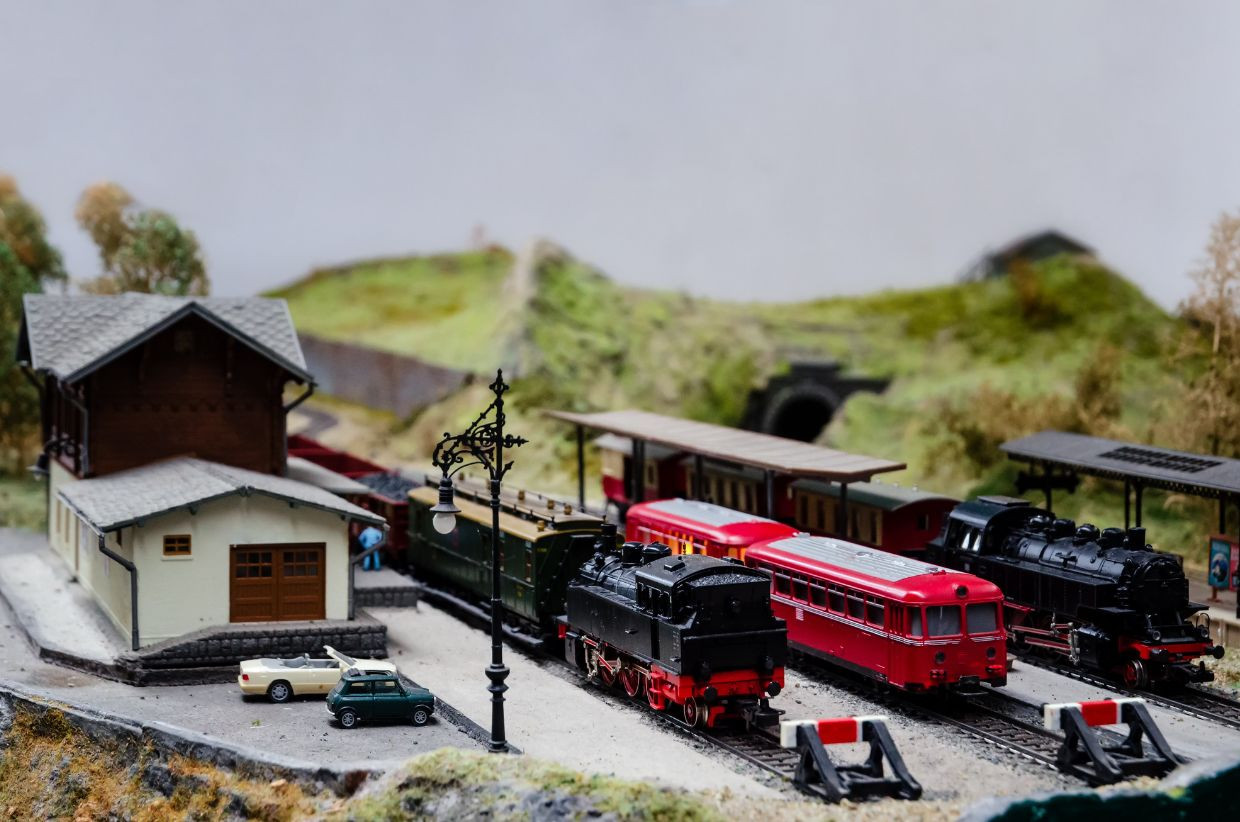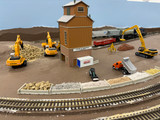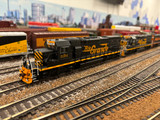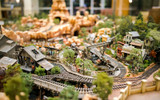A Guide to Different Model Train Car Types
When you’re new to the model train community, you might not realize just how many types of cars exist. If you can think of something to ship by rail, there’s probably a special type of car for the job.
Part of the fun of building model trains is the storytelling aspect, where you decide what kind of train to make, given the time and place you are modeling. A WWII-era military train will have very different cars from an agricultural freight train from the 1980s Midwestern United States. Check out our guide to different model train car types to inspire your next project.
Passenger Train Cars
In the late Victorian period and early 20th century, most people used trains for long-distance travel. In many countries outside the US, travel by train is popular. Take a look at some of the common types of passenger cars throughout history.
Coach Car
The simple coach is the most common type of passenger car, though it comes in many individual styles. You can find coaches with the seats all facing one direction (like in an airplane), around tables, and even facing the center of the train. This last style is most common in modern mass transit trains because they allow more standing room.
Compartment Car
Compartment cars are more common in long-distance passenger trains, allowing for a little more privacy. The cars contain several closed-off compartments, each with its own seating and storage racks. An aisle runs the length of the train to allow access to every compartment.
Dining Car
While they are less common in modern trains, historical passenger trains nearly always had a dining car. As the name suggests, passengers could eat their meals in this car, seated around tables like a restaurant setup. Some model dining cars come with lighted interiors so you can see all the miniature people eating.
Lounge Car
The lounge is always the swankiest car in the train. Since travelers don’t have much to do on a train, they tend to spend a lot of time in the lounge, where they can get drinks and socialize. If you need to pass the time on a train, the lounge is the place to go.
Sleeping Car
Sleeping cars are fairly self-explanatory. At the height of train travel’s popularity in the US, the sleeping car consisted of compartments with roll-out or fold-away beds that left room for seating during the day. In luxury trains, these compartments could have tiny bathrooms for private use.
Freight Train Cars
There are dozens of different freight car styles, many of them designed to carry specific goods. However, you can separate most of them into just a few categories:
- Boxcar
- Flatcar
- Gondola
- Tank car
Boxcars
Boxcars are probably the most common type of freight car. They look like storage containers on wheels, which is basically what they are. Boxcars move palletized goods, like soda, paper, cereal, and yes, boxes. Refrigerated boxcars carry perishable goods.
Flatcars
As the name suggests, flatcars are long and flat to carry large goods. Some, like autoracks, may have specialized frameworks to hold their contents in place. They can have two or three levels, depending on the size of the cars they carry. Centerbeam cars carry loads like lumber and pipes.
Gondolas and Hoppers
Another very common type of freight car is the gondola, which is basically a boxcar without a cover. These tend to carry goods that are safe when exposed to the elements, like rocks. Hoppers, on the other hand, are gondolas built so that the loose material inside (grain, coal, or cement) can flow out of the car at the delivery site. Some hoppers are covered.
Tank Cars
Tank cars tend to carry liquids or gases. You often see them carrying natural gas and chemicals. Some dairy farms ship milk using milk cars, which have refrigeration capabilities to keep the milk from spoiling.
Specialty Cars
As we said at the beginning of this piece, if you can think of shipping something via train, there are probably specialized cars to do the job. In this section, we’ll look at some focused model train car types that can add variety to your model trains.
Coil Car
Coil cars are technically a type of gondola, but they look very different, so we’re including them here. They’re round like tank cars but usually carry big rolls of sheet metal or plastic.
Well Car
Well cars are a type of freight car known as “intermodal” because they facilitate transportation via railway and waterway. The well car has a short, flat bed that can carry up to two stacked shipping containers. Unlike a boxcar, shipping containers don’t have wheels, so you can load them onto boats just the way they are.
Schnabel Car
If you include a Schnabel car in your model train, be prepared for people to ask, “What’s that?” when they see it. A Schabel car is a very special type of freight car that can carry oversized equipment, like boilers and reactors. It looks like the Golden Gate Bridge with a giant piece of equipment sandwiched in the middle.
Transporter Wagon
Transporter wagons don’t look like very much at all. They’re basically a rolling frame that can support a full-size train car. If you need to transport a broken boxcar, a transporter wagon is the best way to move it to a new location. Be careful if you’re shopping for a transporter wagon model. Some people confuse them with autoracks, which are not the same thing.
Finding the Right Cars for Your Next Train
No matter what kind of train you want to build, you can find what you need at Midwest Model Railroad. We carry many different types of cars across all sorts of major lines and model train manufacturers. Our collection is one of the best organized in the world, which helps you find exactly what you need, like HO scale locomotives.
Choosing the perfect cars for your train can add several layers of realism and depth to your layout. If you need inspiration, try looking up real trains from the historical period or region you want to model, and see what kinds of cars were most common.
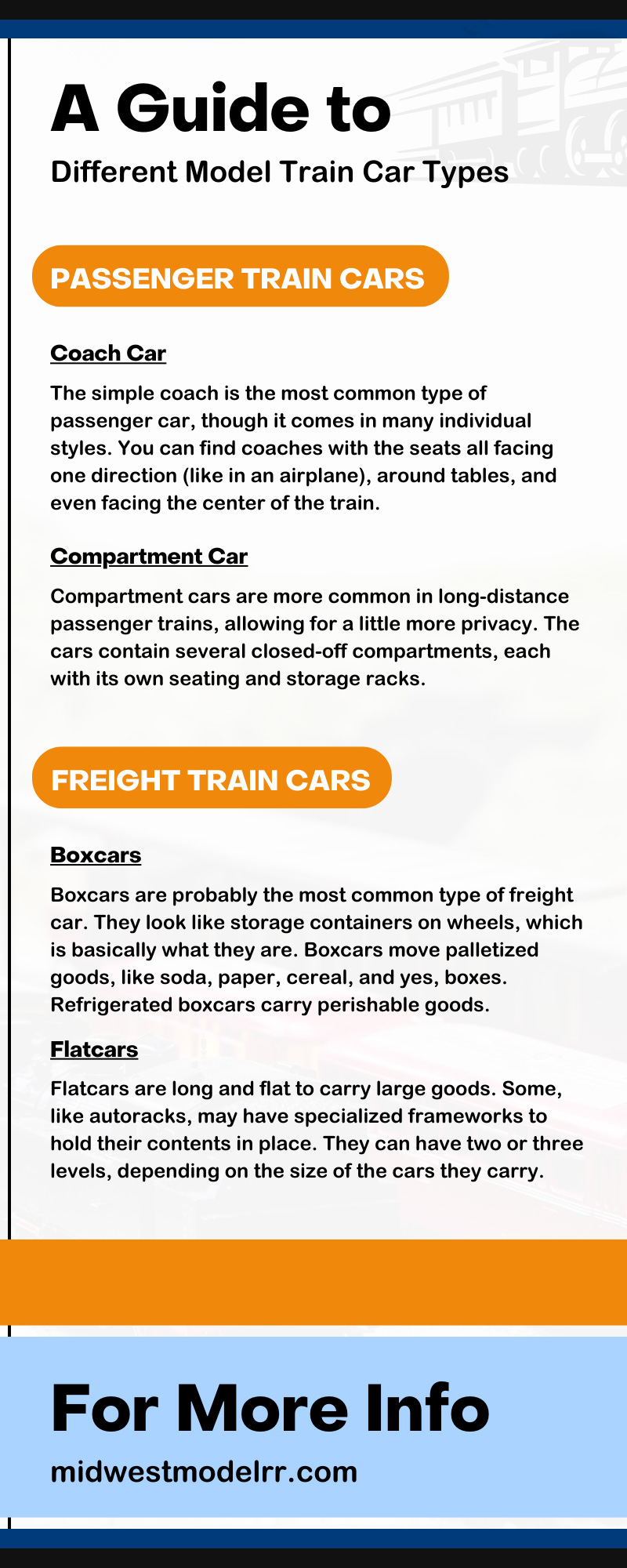
Recent Posts
-
All Aboard the Wisdom Express: Life Lessons from Model Railroading
Embarking on the journey of model railroading opens the door to a world where imagination meets prec
-
Capturing History in Miniature: The Art of Prototype Modeling in the Model Railroad World
Prototype modeling in the model railroad world involves creating miniature replicas of real-life tra
-
Unveiling the Imaginative World of Fictional Railroads: Where Creativity Meets the Rails
Model railroading has long been a hobby rooted in historical accuracy and meticulous attention to de

